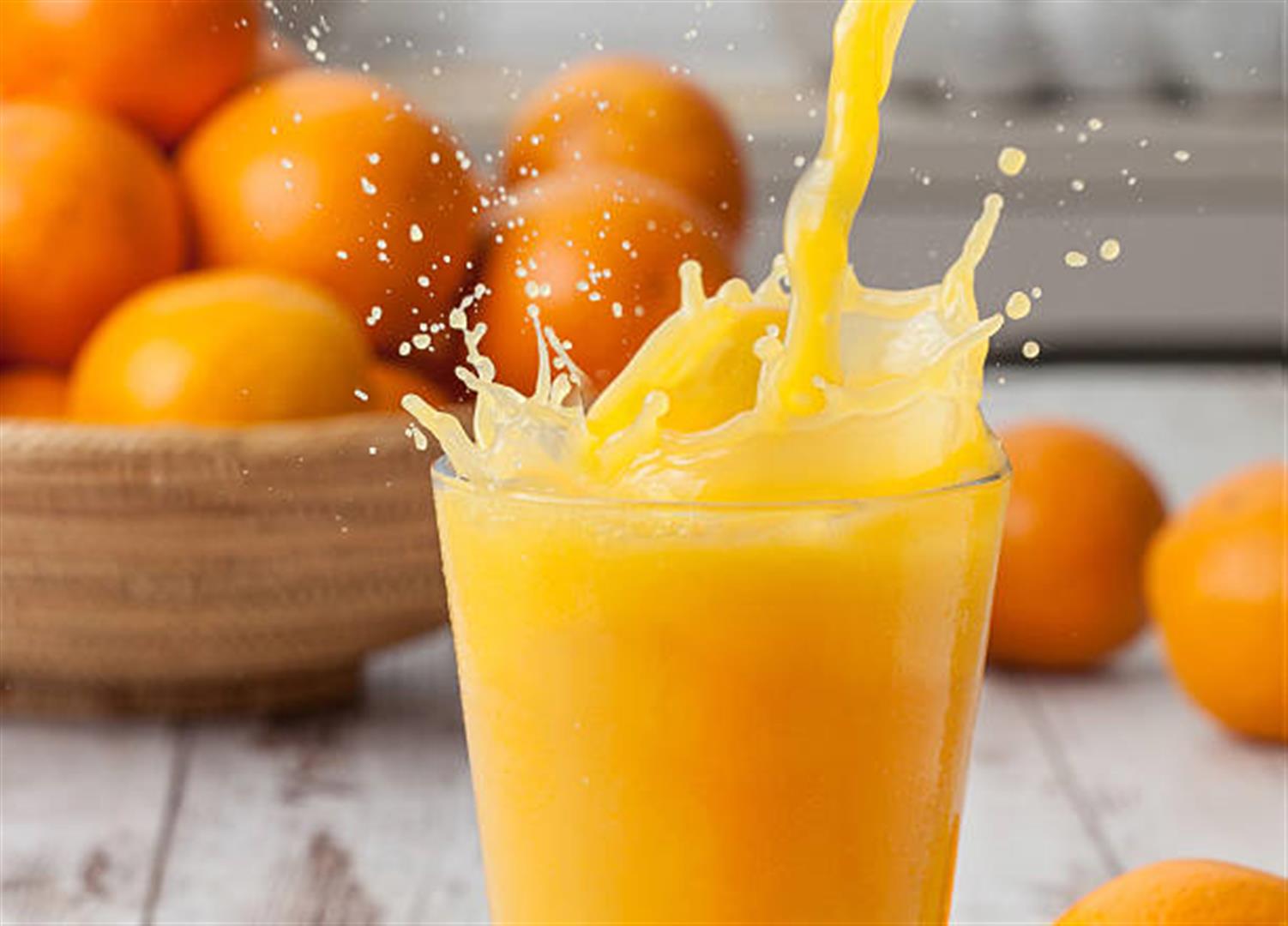
[email protected]
Juicing is a quick and simple approach to incorporate nearly all of the necessary fruit and vegetable servings into a single portable container. There are two kinds to juicing. The traditional process of juicing involves extracting juice from fruits and vegetables (cold-pressed juice). The result of this procedure is a concentrated natural juice. There is no way we can eat half a kilo of carrots, an apple, a one-inch piece of raw ginger, and a full lemon right now. Juicing it, concentrates all those nutrients and helps to obtain a lot in a short amount of time. That is a huge advantage of juicing. So let me address the disadvantage: we lose fiber, which makes you feel full and aids in digestion. The alternative way of juicing, known as full juicing, is mixing fruits and vegetables in a high-powered blender. So, the advantage here is that you absolutely get the fiber. But because you’re receiving fiber, you’ll fill up faster, so the nourishment won’t be as concentrated and you still can’t eat half a kilo of carrots at a time.
Concentrated juicing is like taking a multivitamin. It’s like a supercharged vitamin and mineral smack in the face. Juicing is thus more of a snack or a healthy supplement to a meal. Whatever method a juicer employs, we must be cautious and conscious of how much sugar we consume. When we solely use fruits, the concentration might be fairly high. As a dietitian, I would recommend that beginners aim for a 50/50 fruit/vegetable ratio. If you enjoy the taste, consider increasing the vegetables and decreasing the fruit to regulate the sweetness. Juicing may be done by anybody, but it needs time and planning. It is also important to note that juices are not a substitute for eating fruits and vegetables. There is no such thing as a substitute. Juices provide hydration as well as abundant amounts of vitamins, minerals, and antioxidants. Both juices and smoothies contain extracts from vegetables and fruits. They are a great addition to your meals, especially if you are trying to go on a healthy diet. The difference between juice and smoothie is the presence of fibre. Juicing process filters out the pulp of vegetables or fruits while making smoothies involve blending the whole fruit/vegetable. When you blend your fruits and vegetables into a smoothie, you need to keep in mind that whatever you put in your blender ends up in your body. Smoothies blend these items and deliver the same nutrients that are in juice, but they keep the added fiber content of the produce that was used, as well as any added nutrients you use, such as milk, yogurt, or nut butters. Some of the greatest fresh juices are the most straightforward. Apples, celery, pineapple, cucumber, melon, spinach, kale, ginger, melon, and carrots are some of the greatest foods for juicing, ranging from fruit mixes to green beverages. We should also try to mix them with superfoods such as turmeric, pepper, ginger, lemon etc. A lot of people tend to add too much sugar to their smoothies, offsetting any health benefit of the smoothie. Leave it out from added sugars, preservatives, or colourants, so you can enjoy a natural drink whenever you want. Make it fresh and consume it.
By Beenish Zohra, Dietitian and clinical nutritionist, Research Scholar (Dietitics and Nutrition), Certified Diabetes Educator. She can be reached out at [email protected]

